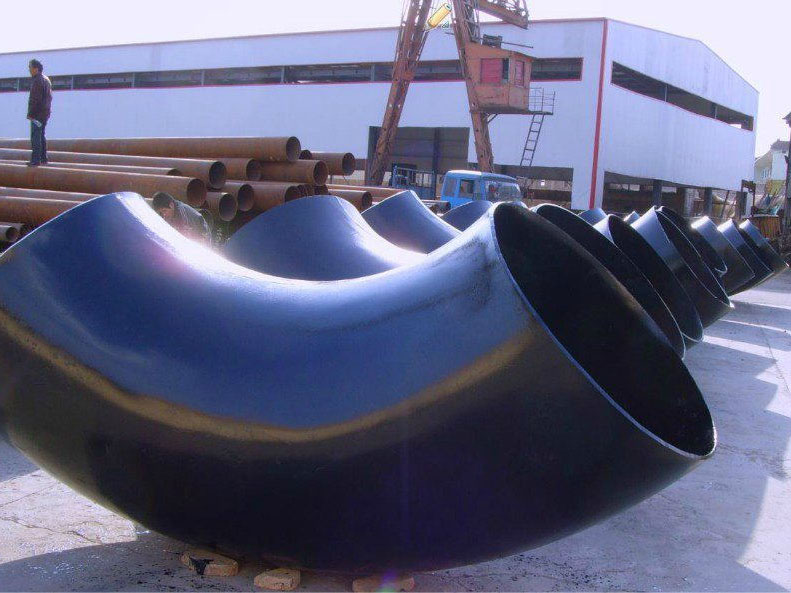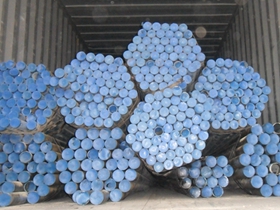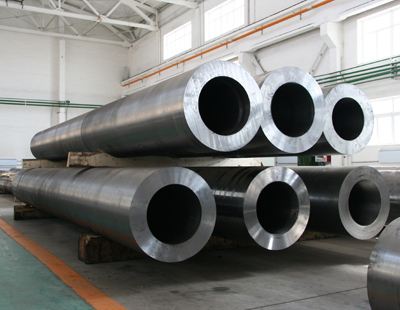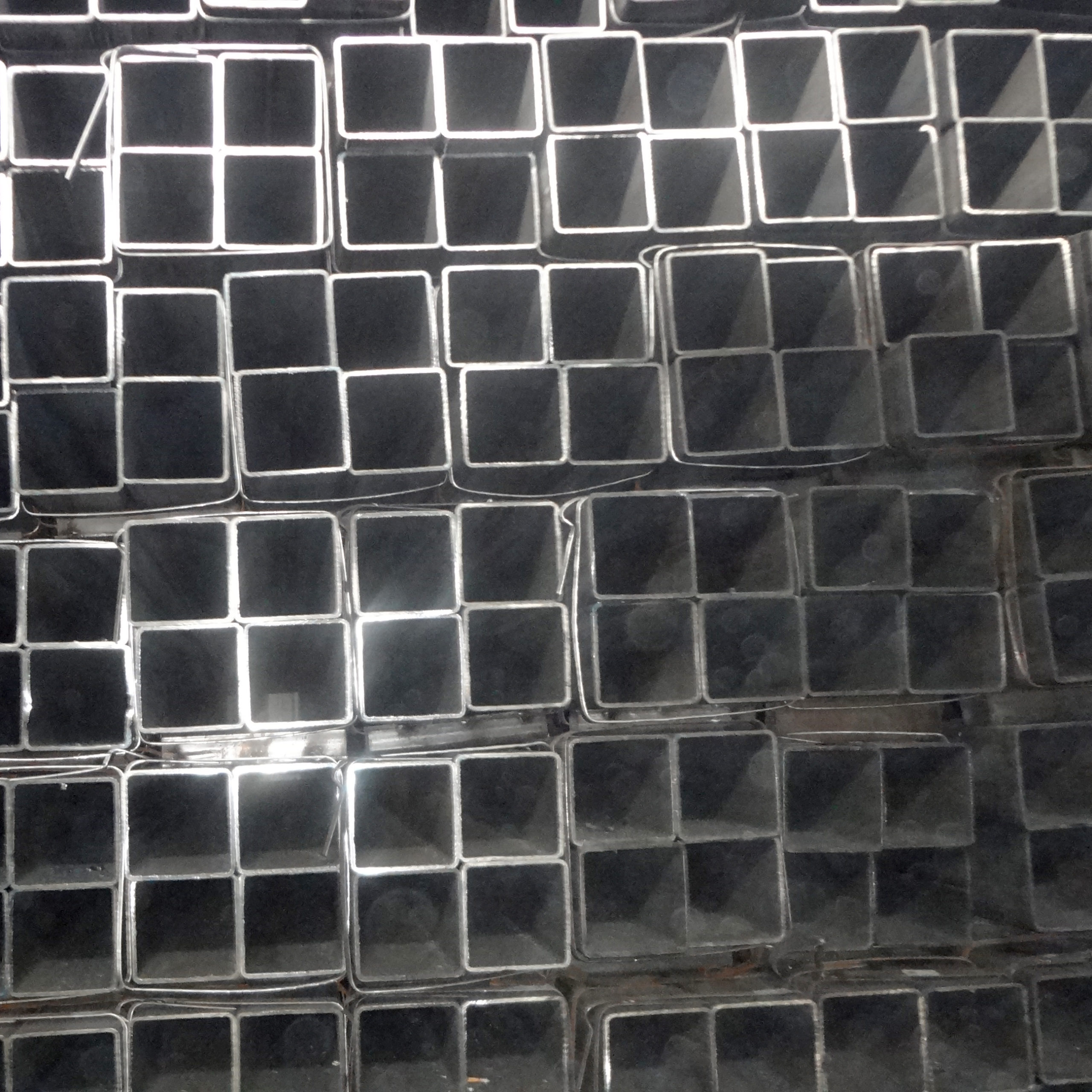Advantages of Using Carbon Seamless steel Pipe in Industrial Applications
Carbon seamless steel pipes play a crucial role in various industrial applications, offering several advantages over other types of pipes. These pipes are manufactured through a seamless process, ensuring uniformity in structure and composition. The absence of welded joints eliminates weak points, making them highly reliable for demanding environments. In this article, we will explore the advantages of using carbon seamless steel pipes in industrial settings.
Firstly, carbon seamless steel pipes are renowned for their exceptional strength and durability. The seamless manufacturing process results in pipes with uniform Wall thickness, enhancing their ability to withstand high pressure and temperature conditions. This robustness makes them ideal for applications involving the transportation of fluids and gases under extreme conditions, such as in Oil and gas pipelines, chemical processing plants, and power generation facilities.
Moreover, carbon seamless steel pipes exhibit superior Corrosion resistance compared to welded pipes. The absence of weld seams eliminates the risk of corrosion at these vulnerable points, thereby extending the service life of the pipes. This corrosion resistance is particularly advantageous in industries where exposure to corrosive substances is common, such as marine environments or chemical processing plants. By choosing carbon seamless steel pipes, industrial operators can minimize maintenance costs and ensure uninterrupted operation of their facilities.
Another significant advantage of carbon seamless steel pipes is their ability to maintain tight tolerances and dimensional accuracy. The seamless manufacturing process allows for precise control over the pipe’s dimensions, ensuring consistency in diameter, roundness, and straightness. This dimensional stability is critical in applications where precise fitting and alignment are essential, such as in construction projects or mechanical engineering applications. Carbon seamless steel pipes provide a reliable solution for achieving tight tolerances and meeting stringent specifications.
Furthermore, carbon seamless steel pipes offer excellent versatility, as they can be easily customized to meet specific requirements. Manufacturers can produce pipes in various sizes, lengths, and thicknesses to suit different industrial applications. Whether it’s a small diameter pipe for plumbing purposes or a large diameter pipe for structural support, carbon seamless steel pipes can be tailored to meet the exact needs of the project. This flexibility makes them a preferred choice for a wide range of industrial applications, providing engineers and designers with the freedom to design and construct complex systems with confidence.
Additionally, carbon seamless steel pipes are highly resistant to fatigue failure, making them suitable for applications involving cyclic loading or vibration. The seamless structure distributes stress evenly throughout the pipe, minimizing the risk of fatigue cracks and fractures. This Fatigue resistance is particularly beneficial in industries such as aerospace, automotive, and machinery manufacturing, where components are subjected to repetitive stress cycles during operation. By using carbon seamless steel pipes, manufacturers can ensure the long-term reliability and safety of their products.
In conclusion, the advantages of using carbon seamless steel pipes in industrial applications are undeniable. Their exceptional strength, corrosion resistance, dimensional accuracy, versatility, and fatigue resistance make them indispensable for a wide range of industries. Whether it’s transporting fluids under high pressure, withstanding corrosive environments, or meeting precise dimensional requirements, carbon seamless steel pipes offer a reliable and cost-effective solution. Industrial operators looking to optimize performance, minimize maintenance, and enhance safety should consider integrating carbon seamless steel pipes into their systems.
Factors to Consider When Selecting Carbon Seamless Steel Pipe for Specific Projects
When embarking on a project that requires the use of carbon seamless steel pipe, selecting the right type can significantly impact the success and longevity of the endeavor. Several factors come into play when making this decision, ranging from the project’s requirements to the properties of the steel itself. Understanding these considerations is crucial for ensuring optimal performance and efficiency.
First and foremost, it is essential to evaluate the specific requirements of the project at hand. Factors such as the intended application, operating conditions, and environmental factors all play a role in determining the most suitable carbon seamless steel pipe. For example, projects involving high-pressure or high-temperature applications will require pipes with greater strength and heat resistance.
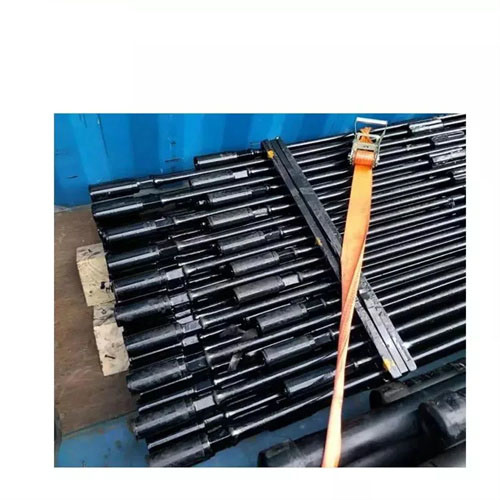
Another critical consideration is the Material grade of the carbon seamless steel pipe. Steel pipes are available in various grades, each offering different Mechanical properties and chemical compositions. The selection of the appropriate grade depends on factors such as the desired Tensile strength, Yield strength, and corrosion resistance. Consulting with a materials engineer or steel supplier can help determine the most suitable grade for the project’s requirements.
In addition to material grade, the dimensions and specifications of the carbon seamless steel pipe must also be carefully evaluated. This includes factors such as the Pipe diameter, wall thickness, and Length. The dimensions chosen should align with the project’s design requirements and structural considerations. Moreover, adherence to industry standards and regulations is essential to ensure compatibility and compliance with safety guidelines.
Furthermore, it is crucial to consider the manufacturing process used to produce the carbon seamless steel pipe. Seamless pipes are manufactured through either Hot rolling or cold drawing processes, each with its advantages and limitations. Hot-rolled pipes are known for their superior mechanical properties and larger diameters, making them suitable for high-pressure applications. On the other hand, cold-drawn pipes offer tighter dimensional tolerances and smoother surface finishes, making them ideal for precision engineering applications.
Another factor to consider is the surface treatment and finishing of the carbon seamless steel pipe. This includes options such as galvanizing, coating, or painting, which can enhance corrosion resistance and prolong the lifespan of the pipe. The choice of surface treatment depends on the operating environment and exposure to corrosive elements such as moisture, chemicals, or abrasive substances.
Additionally, logistical considerations such as availability, lead times, and cost should not be overlooked when selecting carbon seamless steel pipe for a project. Ensuring timely procurement and delivery of the required materials is essential for project scheduling and overall efficiency. Moreover, evaluating the total cost of ownership, including maintenance and replacement expenses, can help make informed decisions regarding the selection of pipe materials.
surya steel pipes
In conclusion, selecting the right carbon seamless steel pipe for specific projects requires careful consideration of various factors, including project requirements, material grade, dimensions, manufacturing process, surface treatment, and logistical considerations. By taking these factors into account and consulting with experts in the field, project managers and engineers can ensure optimal performance, durability, and cost-effectiveness in their projects.


